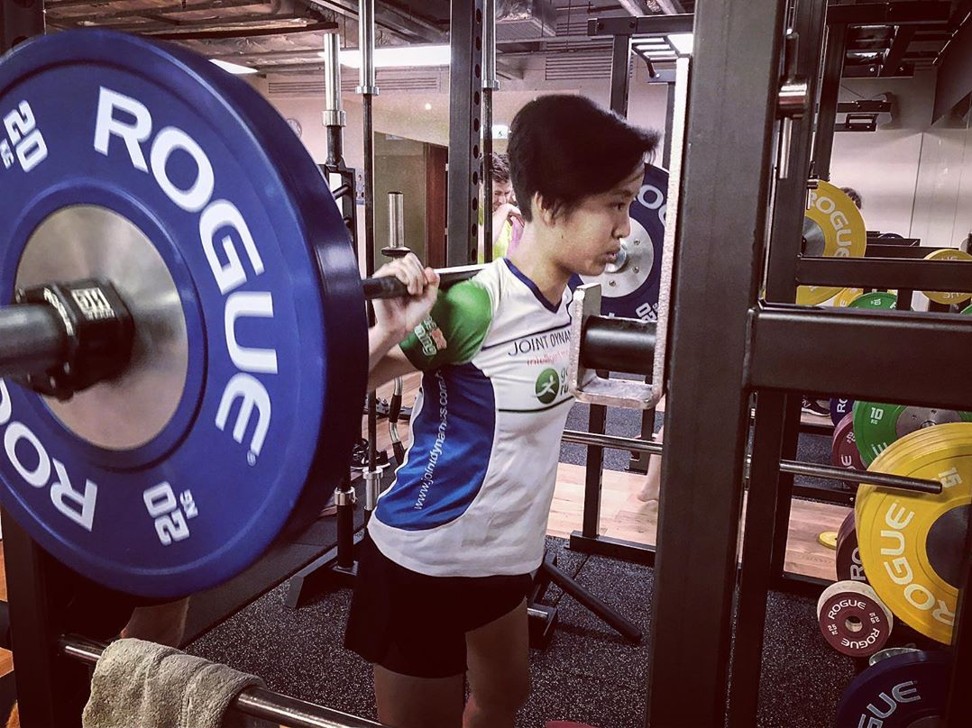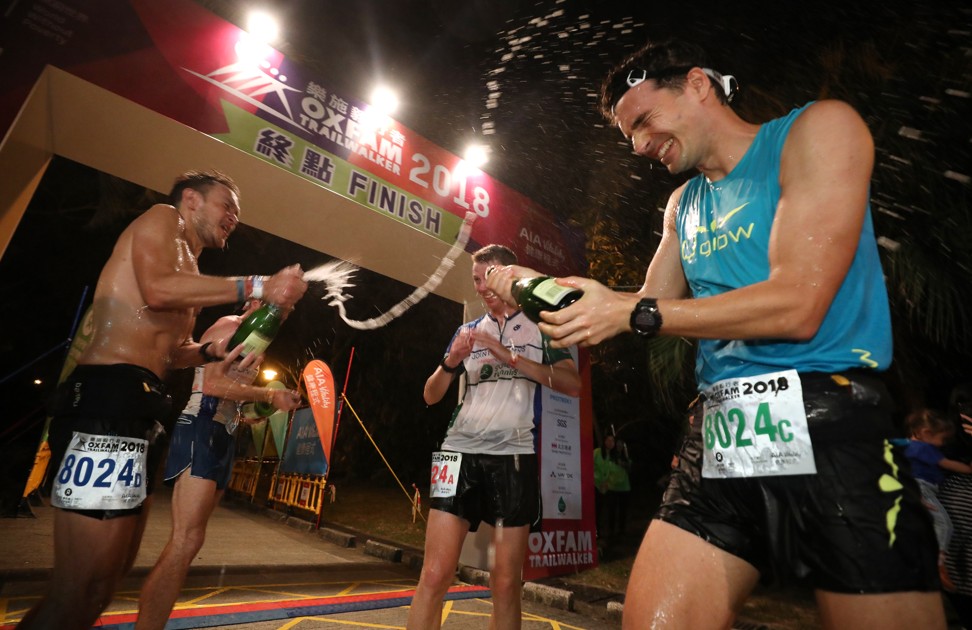
Oxfam Trailwalker: lessons learned from training for my first 100km race
- Only a few months ago, running 100km would have seemed ridiculous to Mary Hui but now she is just a week away from running Hong Kong’s most famous ultra
If you had asked me last year whether and when I would compete in a 100km trail race, I would have dismissed the idea as crazy, something to be considered at least several years down the road.
That time frame has sped up dramatically and unexpectedly. Next Friday, I’ll be competing alongside my Gone Running-Joint Dynamics teammates in a women’s team of four in the 100km Oxfam Trailwalker.
As we count down to one of Hong Kong’s most gruelling and iconic races, here are some reflections on lessons I’ve learned over the past months of training for the Trailwalker.
Consistency, consistency, consistency
Flipping through the pages of my training journal, one thing in particular stands out: the consistency I’ve been lucky to have.
Without hard races to train for, the bulk of the past seven months or so have consisted of a lot of base building – crucial given that the longest I’ve ever run in one go is 50km. The summer months were an opportunity to build mileage and elevation, while holding back the temptation to push numbers higher for fear of injuries and burning out too early.

The strategy seems to have worked well: no injuries despite running and climbing more per week than I ever have. It’s tempting to push the two buttons of intensity and volume at the same time, but the risks of falling foul of your body’s limits are high. By keeping the intensity in check by only running one harder workout per week (and even less frequently of late), my body appears to have held up quite well.
Build that strength
When I first started trail running, Hong Kong’s steep and endless stairs were the bane of my existence. I still don’t love them, but I no longer dread them – and find myself not infrequently looking forward to hiking breaks.

One obvious way I’ve got stronger on stairs is simple: I just climbed more stairs. Whereas my weekly elevation gain used to be in the mid-2,000m range, I’ve cranked that up to the 4,000- to high 5,000m range. That’s nothing crazy by elite trail runner standards, but all those stairs do add up.
Another key factor is an intensive six-week strength programme I started in early May, at our team’s weekly strength and conditioning session.
The programme is simple, but challenging, and the key is consistency. Starting with 10 sets of 10 squats at 35kgs (about 70 per cent of body weight), we went up by 5kgs each week until I hit 10 sets of 10 squats at 60kgs (120 per cent of body weight) by the sixth and final week. I thought the squats would make me extremely sore and hamper the rest of the week’s running, but the body actually adapted surprisingly well to the incremental additions in weight every week.

My very unscientific conclusion is that my body got stronger in percentage terms at a pace that outstripped the addition in weight I needed to squat. Climbing the likes of Needle Hill and the Twins have since felt much more manageable and under control.
Mobility and flexibility
One pleasant surprise over the past several months is that I haven’t had a single sprain, despite most of my running being on trails.
Part of it is probably luck. With a run of bad luck, one can easily trip and fall while out doing groceries, or have a bad sprain on the seemingly benign Bowen Road.
Part of it is probably also the time I’ve spent improving foot strength, mobility and flexibility. Once again this is thanks to the sessions – several weeks after the end of the intense strength-building, butt-busting squat programme, we shifted focus to running drills and footwork with emphasis on calves, ankles and the tiny little muscles in our feet.
We would walk around on tiptoes and on our ankles, shuffle sideways with our feet glued together looking like bad dancers, do elaborate and exaggerated striding motions. Sometimes it all feels a bit silly, but my hunch is that it’s all paid off. Now, I even do little foot and toe drills while brushing my teeth.
There’s no fixed formula. Be real and trust the process.
One final lesson is that I don’t think there’s any one way to train for a 100km race. By conventional standards, my training hasn’t been to the book: my longest run has been 45km, done during an overnight race. Since then, my “long” runs haven’t exceeded 40km, though I have done back-to-back, multi-hour runs.
Will the lack of training runs over 50km come back to hurt me at the tail end of the Trailwalker? There’s no way to know, but for now, I feel good, strong and confident. All that’s left to do is trust the training.

